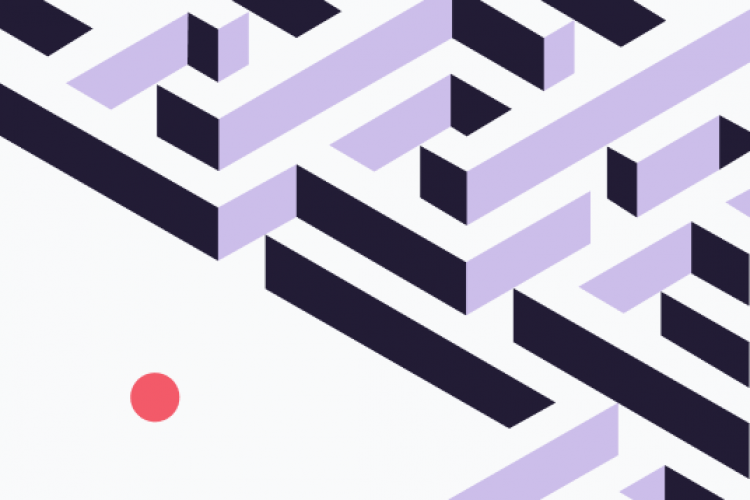As mentioned above, our team does a lot of digging in the Discovery Phase and may request access to data, or they might recommend some initial user tests. This is to ensure that our decisions are backed by user behaviors and not assumptions or opinions. Users don’t always know what they need, but they’ll happily voice what they want. Below are a handful of tools and activities that our team uses to uncover this information:
Experience
Stakeholder interviews
A casual conversation where we ask you, the experts, about your business and the problem you are trying to solve. This is more of a continuous conversation throughout the Discovery period and not just a single meeting.
Heuristic Evaluation
Heuristic is a fancy word for a rule or expectation. As the web has evolved, people have come to expect certain things to behave in certain ways and we check your website to make sure your website meets these now standardized expectations. Does a button look and act like a button? Do all of your buttons look the same? (hint: they should) This exercise focuses on the small things that help a customer understand how to use and navigate your website.
Sitemap Audit
A sitemap is just like a map of a city. It shows us how all of your pages are connected to each other. We look it over to make sure that all of the interconnecting roads make sense. We don’t want anyone to get lost while browsing your site.
Accessibility Review
Visual impairments. Physical impairments. There is a lot that can deter a user from accessing your website. We’ll make sure that text is big enough and dark enough to read, that your website can be read by a screen reader, and that alternate navigation methods can be used (i.e. a keyboard). This gives everyone access to your website and increases your customer base.
User Flow/Journey Mapping
We’ll create a visualization of the journey your users take when they access your website and discuss it. Do we notice any hangups? Is there a step that could be skipped or improved upon? Is there a better method entirely? Once we understand the journey, we can design around that journey.
Data
Analytics audit
If available, page views and navigational patterns can tell us a lot about how users are actually using the site through the number of interactions. We comb through the data and create a hypothesis for how we can best serve your customers' needs using this data.
Heatmap/Eye-tracking audits
If available, this type of data shows us where customers spend their time on specific pages and/or the types of information that they gravitate towards. This can help us figure out if placement or design needs to change so the customer can find what they need.
User Testing
User testing can be used to uncover problems in current designs, customer journeys, and navigation. It can also help validate a new design before spending the time developing it which cuts down on end costs. User testing is one of the most effective ways to diagnose a problem, and one of the best ways to find a solution to that problem.




